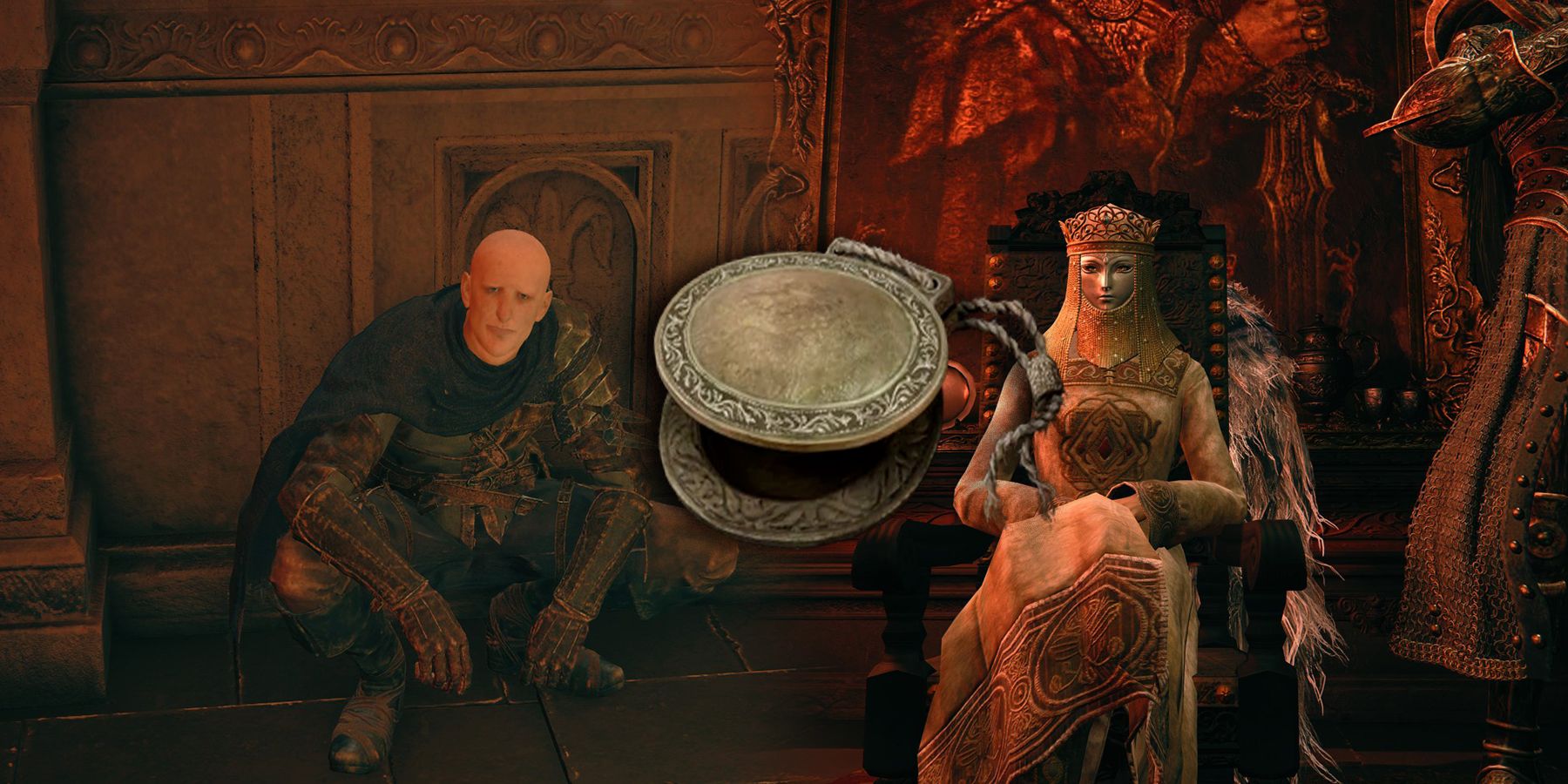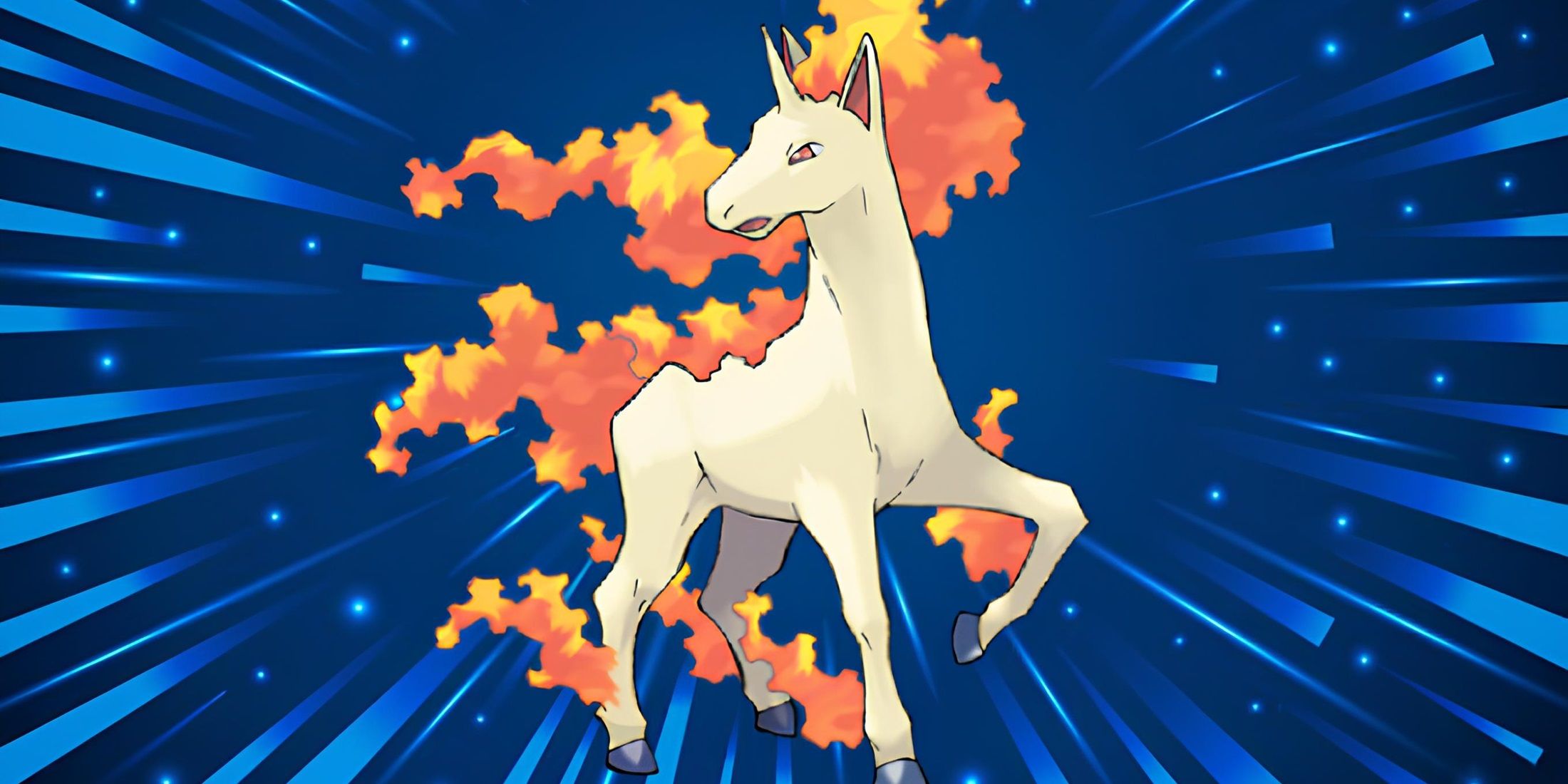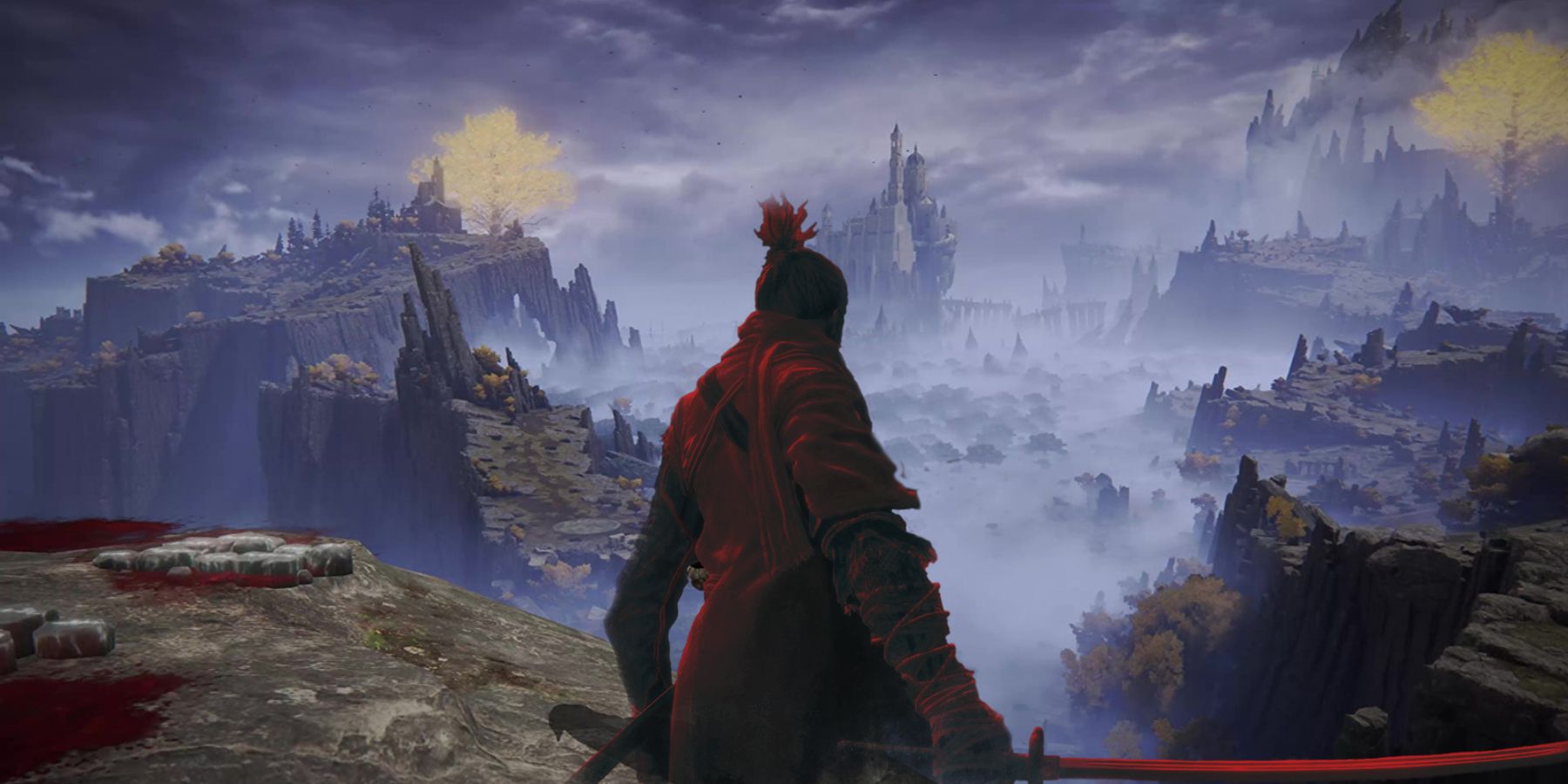Highlights
- FromSoftware's recent action-RPG, Elden Ring, surpassed expectations and had an unprecedented level of hype surrounding it.
- A Sekiro sequel in an open-world setting that is directly inspired by Elden Ring could greatly enhance the gameplay experience, offering plenty of secrets to find.
- A focus on verticality and exploration can help it stand out, as the grappling hook from the original game could add many hidden areas to an open-world map.
Though it's been around since the early 1990s, FromSoftware has only really risen to prominence in the last decade or so, with its Souls series being the first major mainstream hit for the developer. FromSoftware games have since become somewhat of a phenomenon, with every new release being one of the biggest deals in gaming, whether it was FromSoft's PS4 Lovecraftian exclusive Bloodborne, the triumphant final entry in the Dark Souls series, or the 2019 Game of the Year winner Sekiro: Shadows Die Twice.
But while all of these FromSoftware games were suitably popular and critically acclaimed, it was FromSoft's most recent action-RPG that really grabbed the attention of the masses like never before. Released in 2022, Elden Ring had an unprecedented level of hype surrounding it, and it somehow managed to not only meet expectations but surpass them in many ways. With Elden Ring being such a huge success for FromSoft, it seems likely that it'll want to stick with that same open-world formula going forward, and a Sekiro sequel could really shine with that approach.

Elden Ring's Dancer's Castanets Mystery Explained
There are several obscure quests found throughout Elden Ring's world, but one in particular involves an item that has remained a mystery to many.
A Sekiro Sequel Would Thrive in an Open-World
Sekiro Made Great Use of FromSoft's Interconnected World Design
Long before, Elden Ring, before Sekiro, and even decades before Demon's Souls, FromSoftware experimented with an interconnected world in its King's Field series. FromSoft's first series, King's Field was a series of dungeon crawlers with tough-as-nails combat and rewarding exploration, which often tasked players with adventuring through a fantasy world that featured towns and areas all connected to one another. 17 years later, FromSoftware would take this idea and expand on it, delivering the new standard for interconnected world design with the first Dark Souls.
Technically not fully open-world, as players are blocked from certain areas via enemy difficulty or locked pathways, Dark Souls' general world layout sees players advance through an area, unlocking various shortcuts to previously visited areas and creating a vast interconnected world in the process. FromSoftware would essentially keep this same interconnected approach to world design for the next decade, and Sekiro is no different.
Slightly more linear than FromSoft's previous games, Sekiro: Shadows Die Twice features an interconnected world once again, but this time it only has a handful of specific spots where paths can branch off to new areas and double back on one another. But while Sekiro's level design is technically more linear than Dark Souls or Bloodborne, it doesn't often feel that way, with Sekiro's grappling hook ability adding an intriguing layer of verticality to the game and essentially making the game feel much more expansive in the process.
An Open-World Sekiro Has Even More Promise
A natural evolution of FromSoftware's world design in almost every way, Elden Ring boasted a fully open-world, one seemingly inspired by Zelda: Breath of the Wild. While players could go anywhere they wanted from pretty much the get-go, Elden Ring's open-world still carried forward a lot of the usual features fans came to expect from an interconnected FromSoft world, albeit on a much grander scale.
A Sekiro sequel could absolutely thrive with an open-world similar to Elden Ring's. One of the biggest advantages of putting Sekiro in an open-world environment would be an even greater emphasis on verticality. While Elden Ring had some light platforming, and many environments included both flat and raised levels, a Sekiro open-world game could really lean into this notion of verticality, giving players an even greater sense of exploration by letting them use their grappling hook throughout the open-world.




